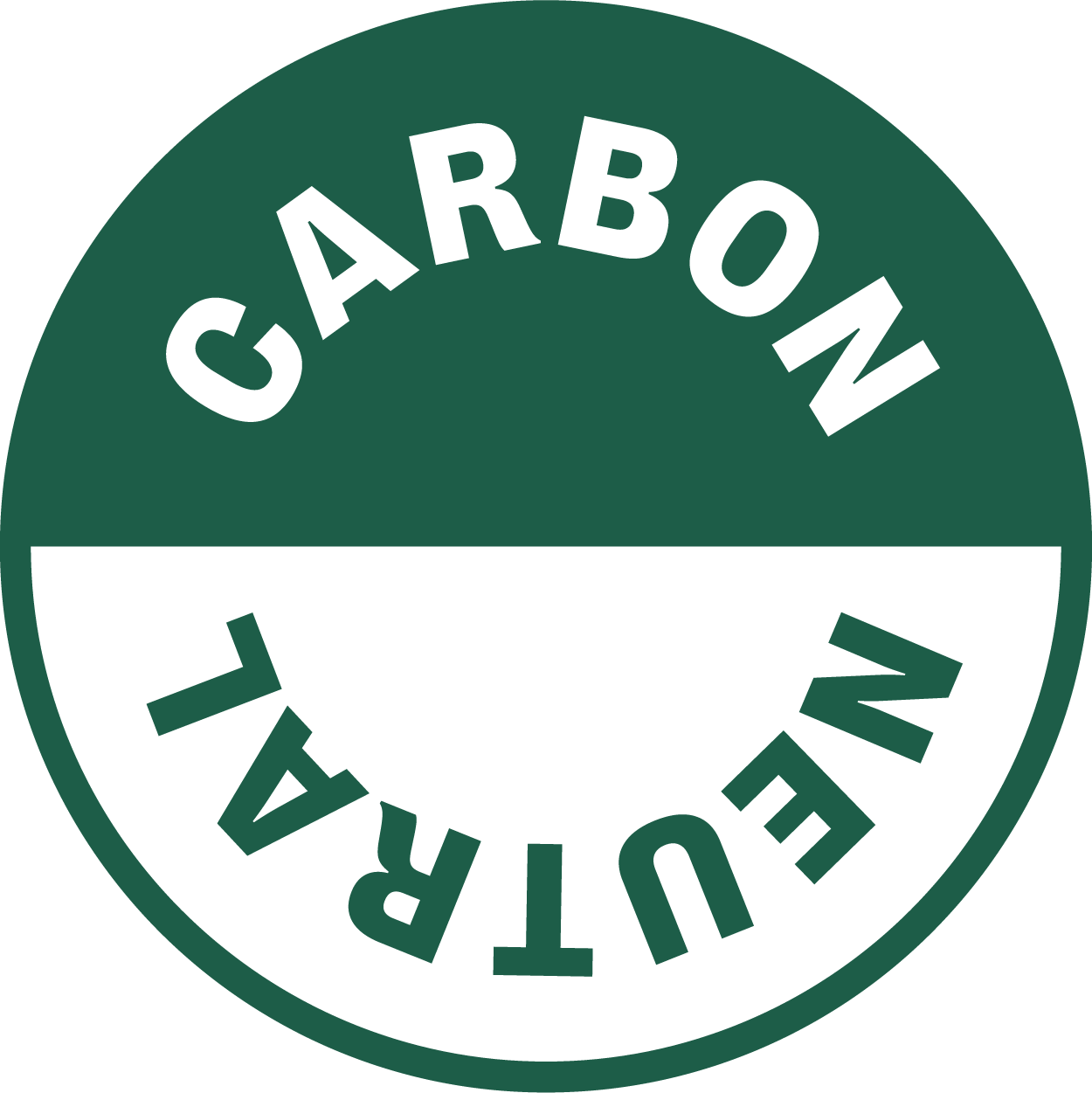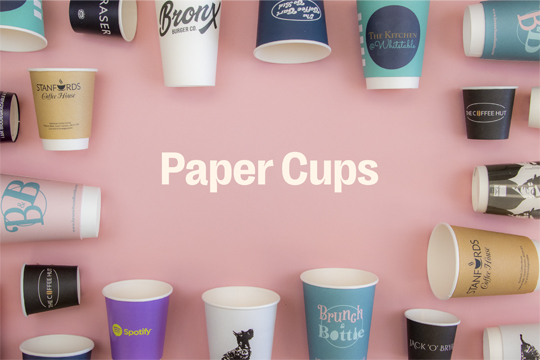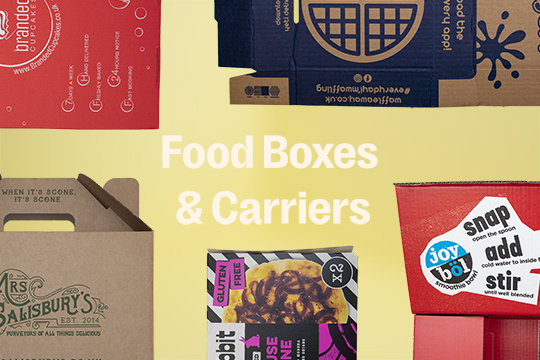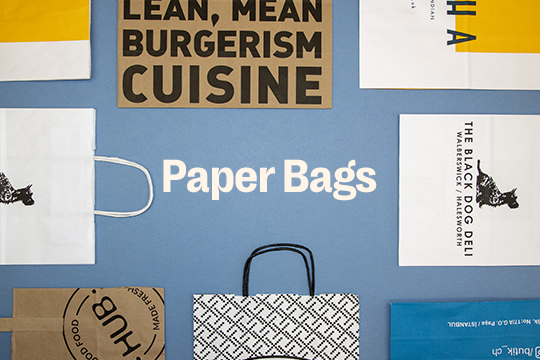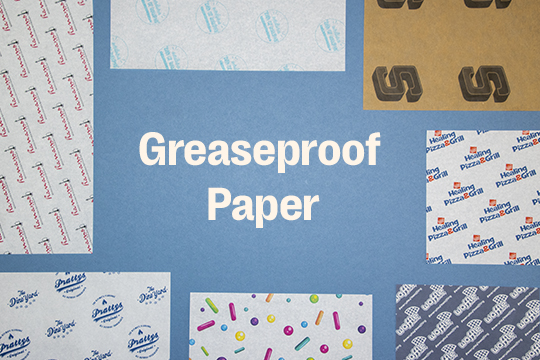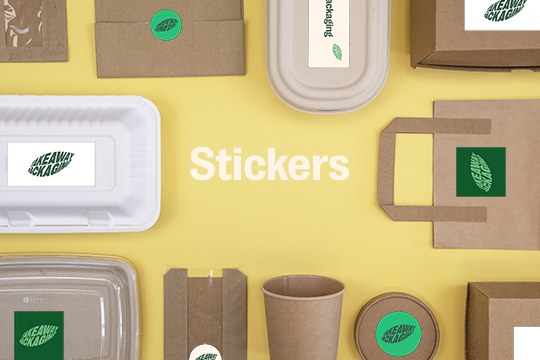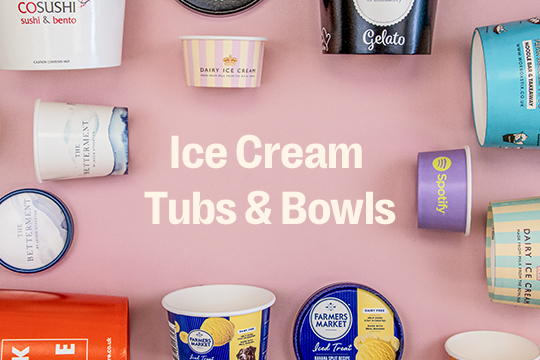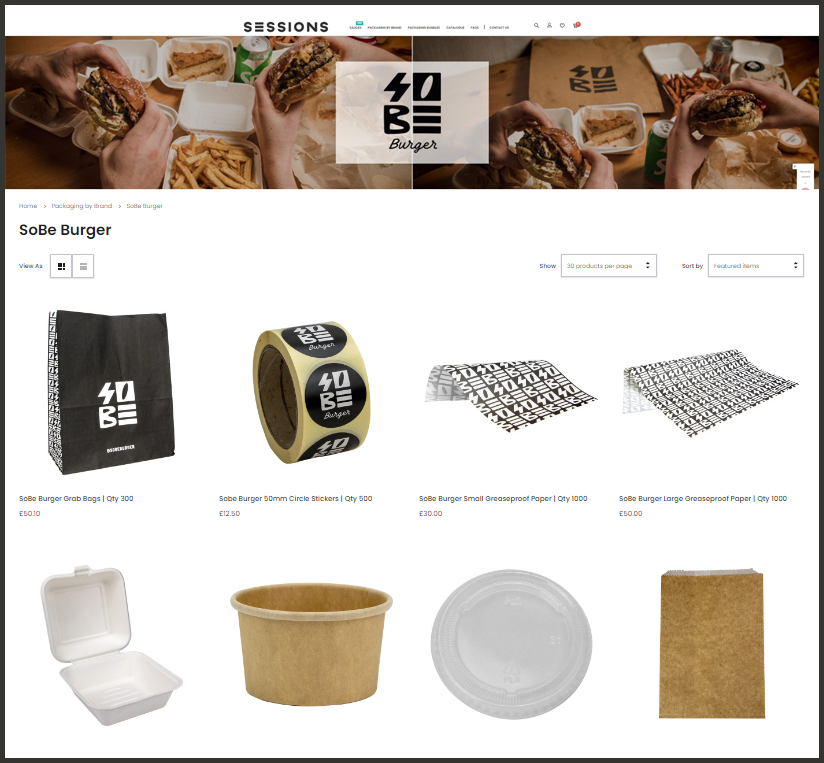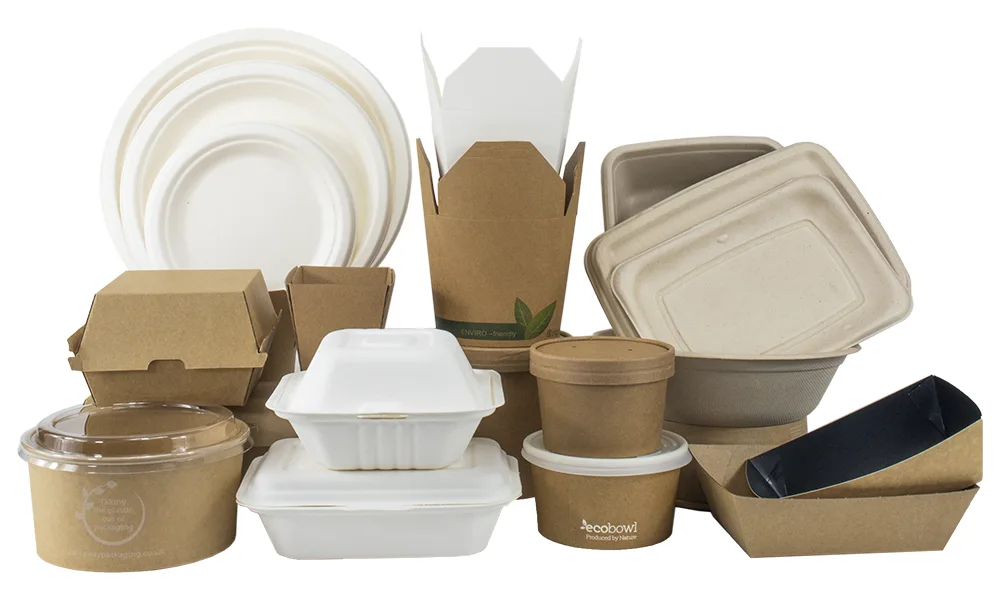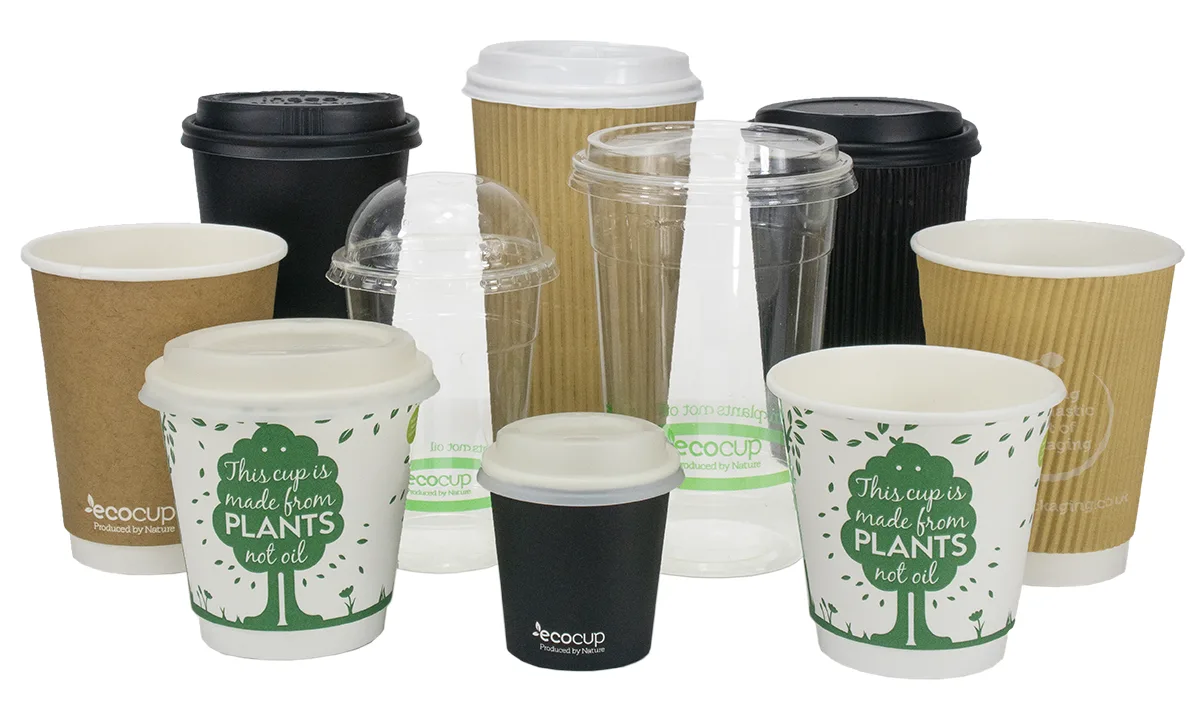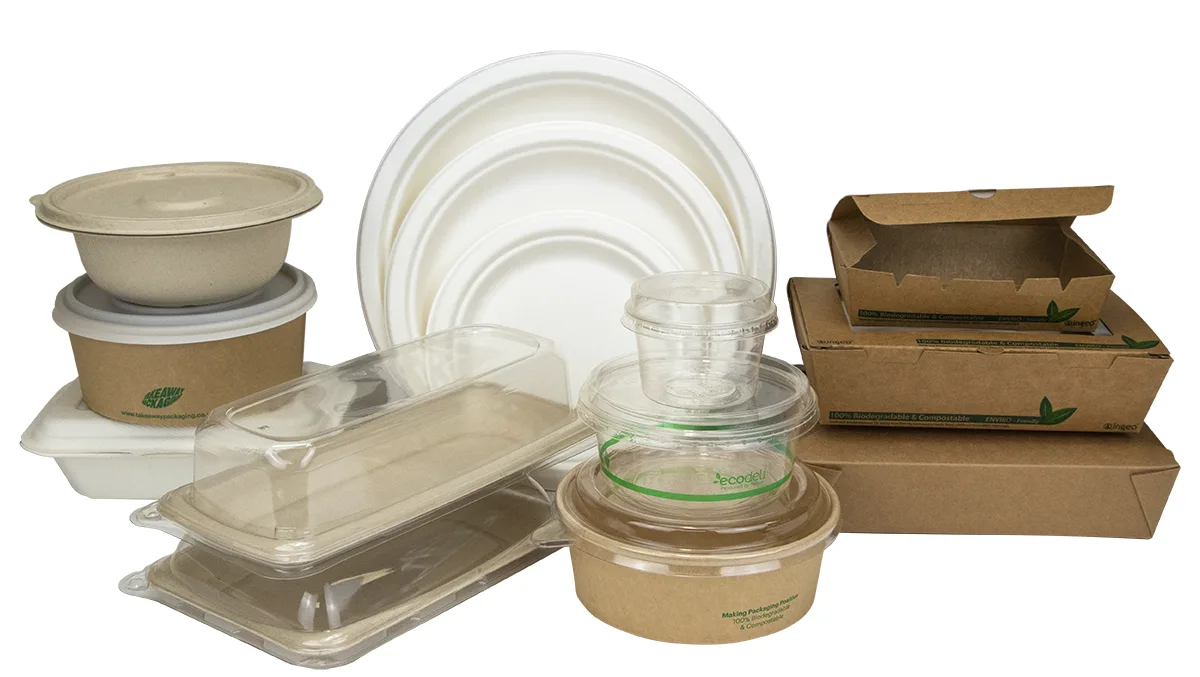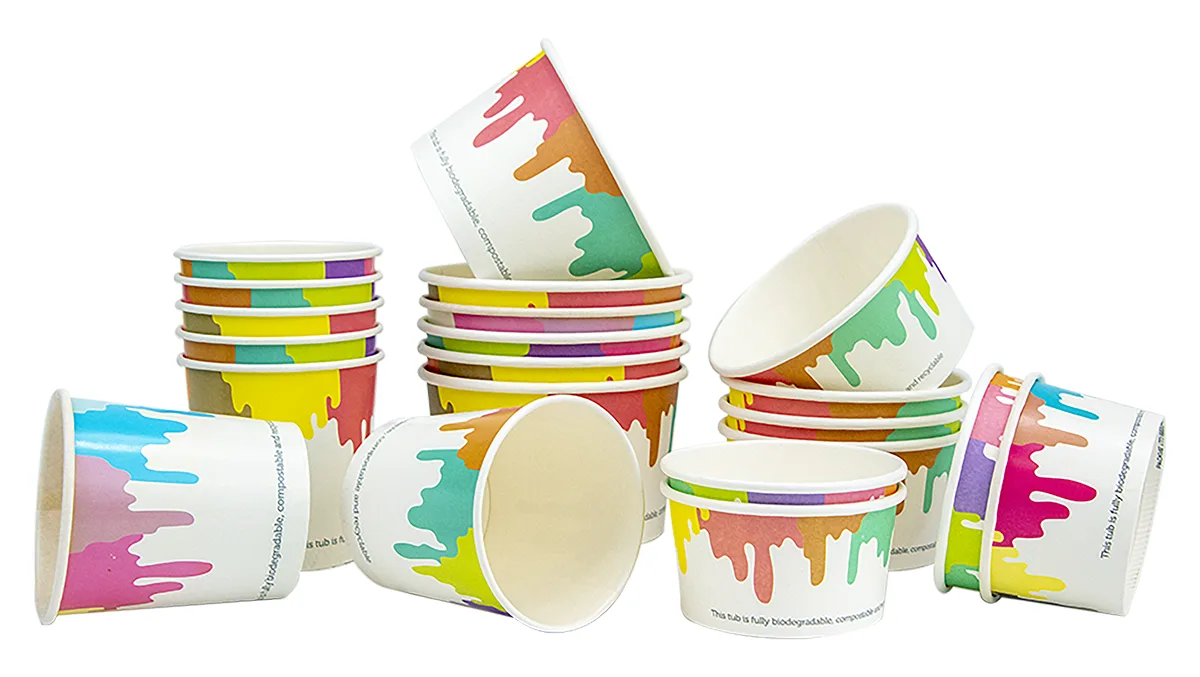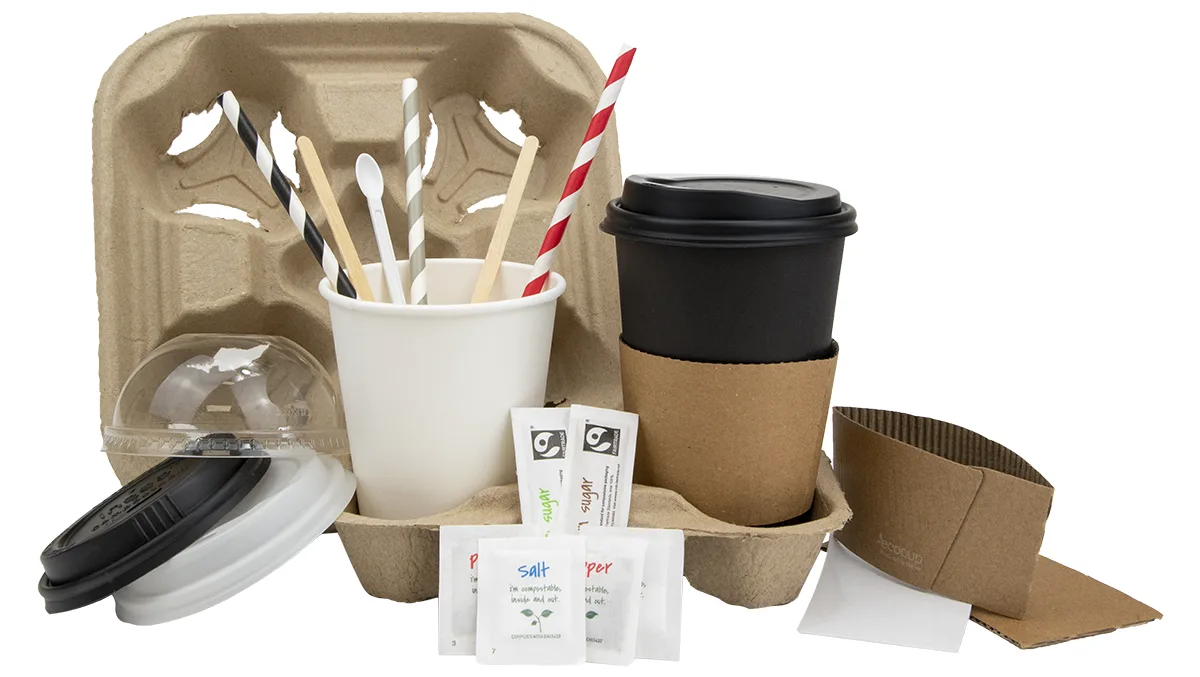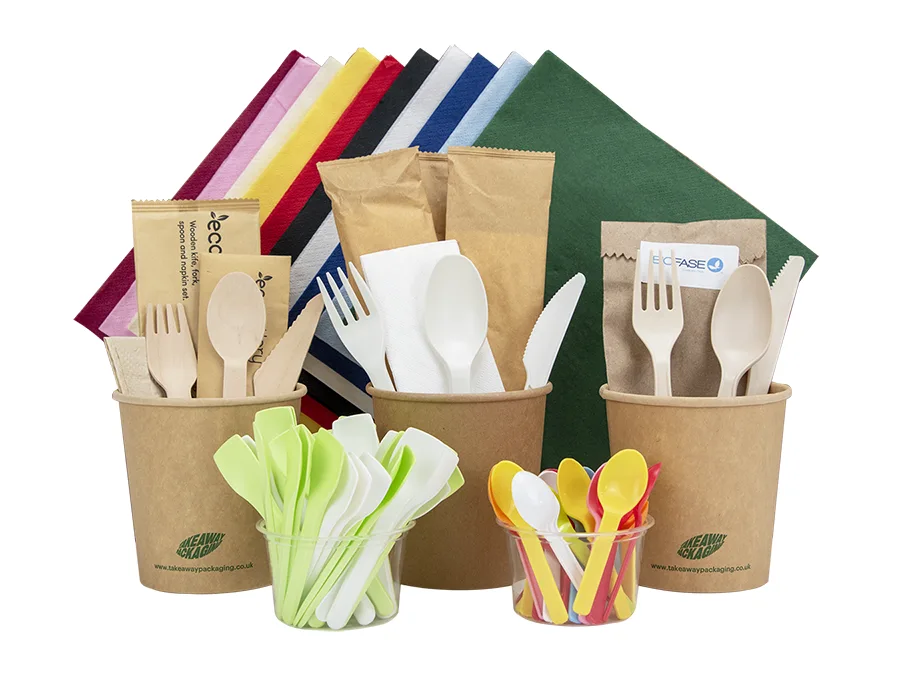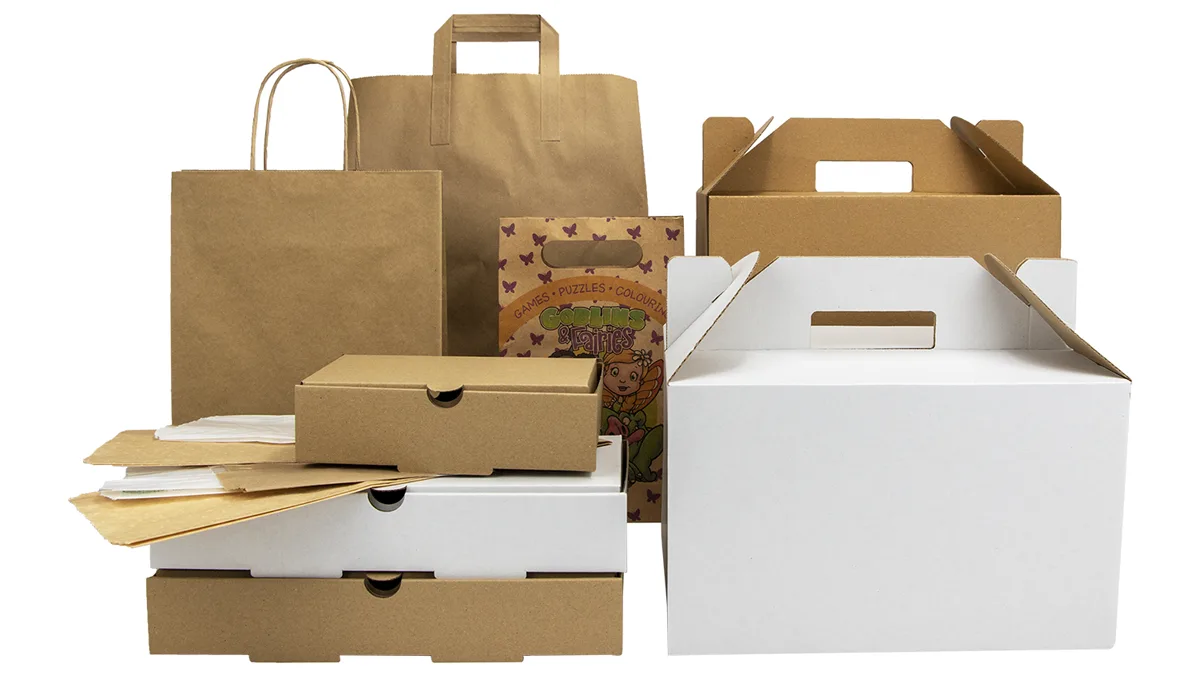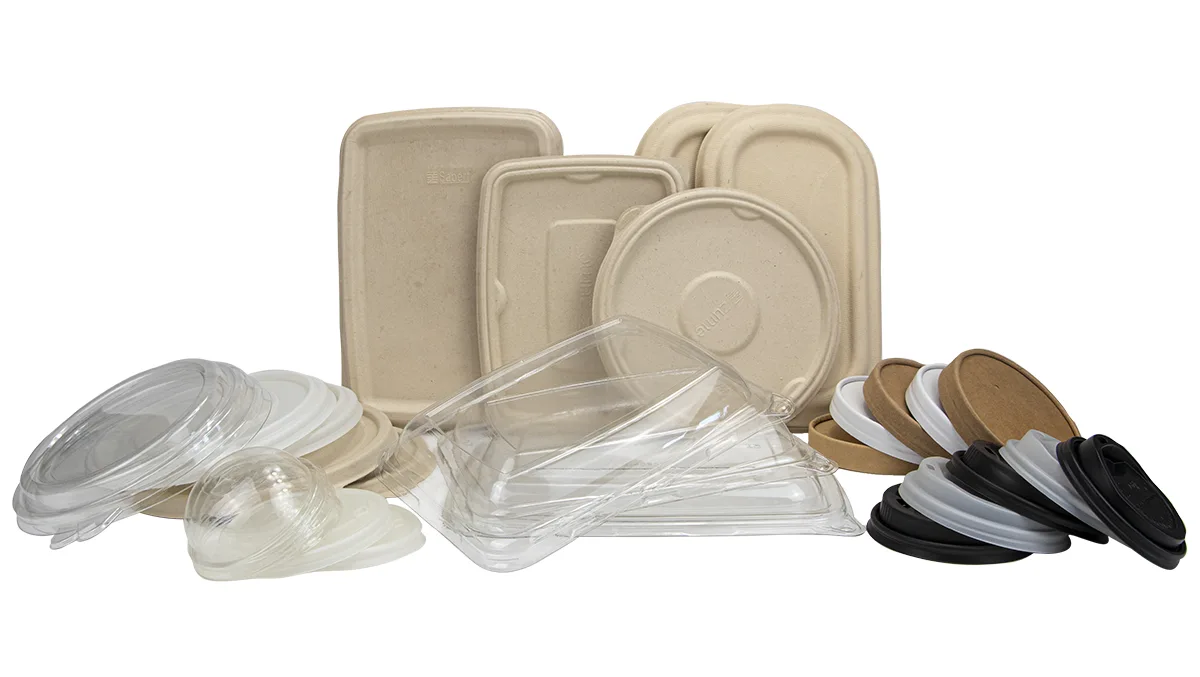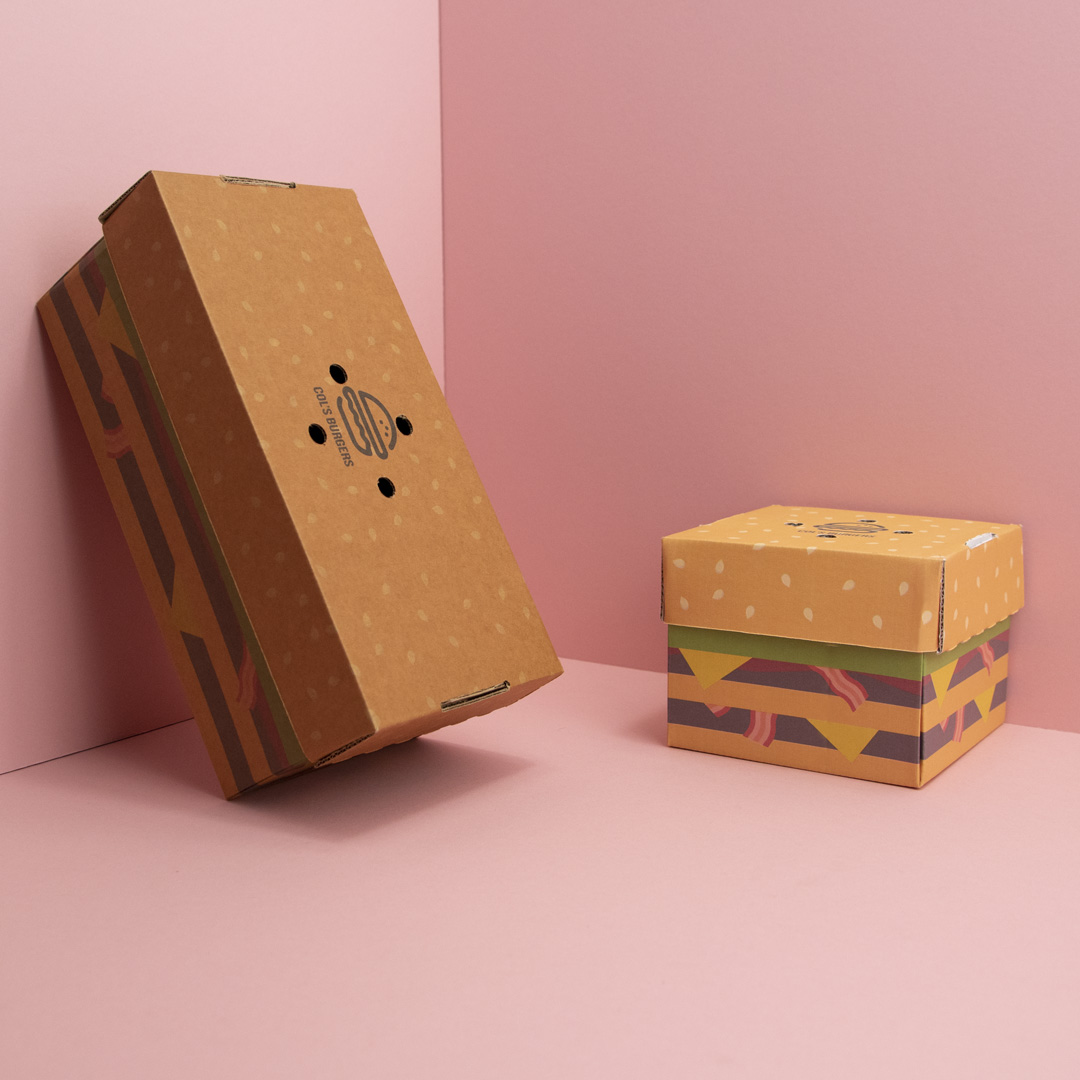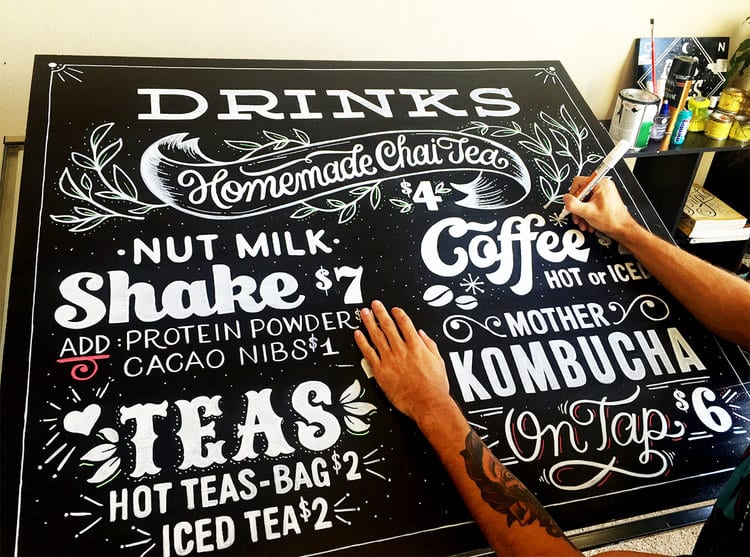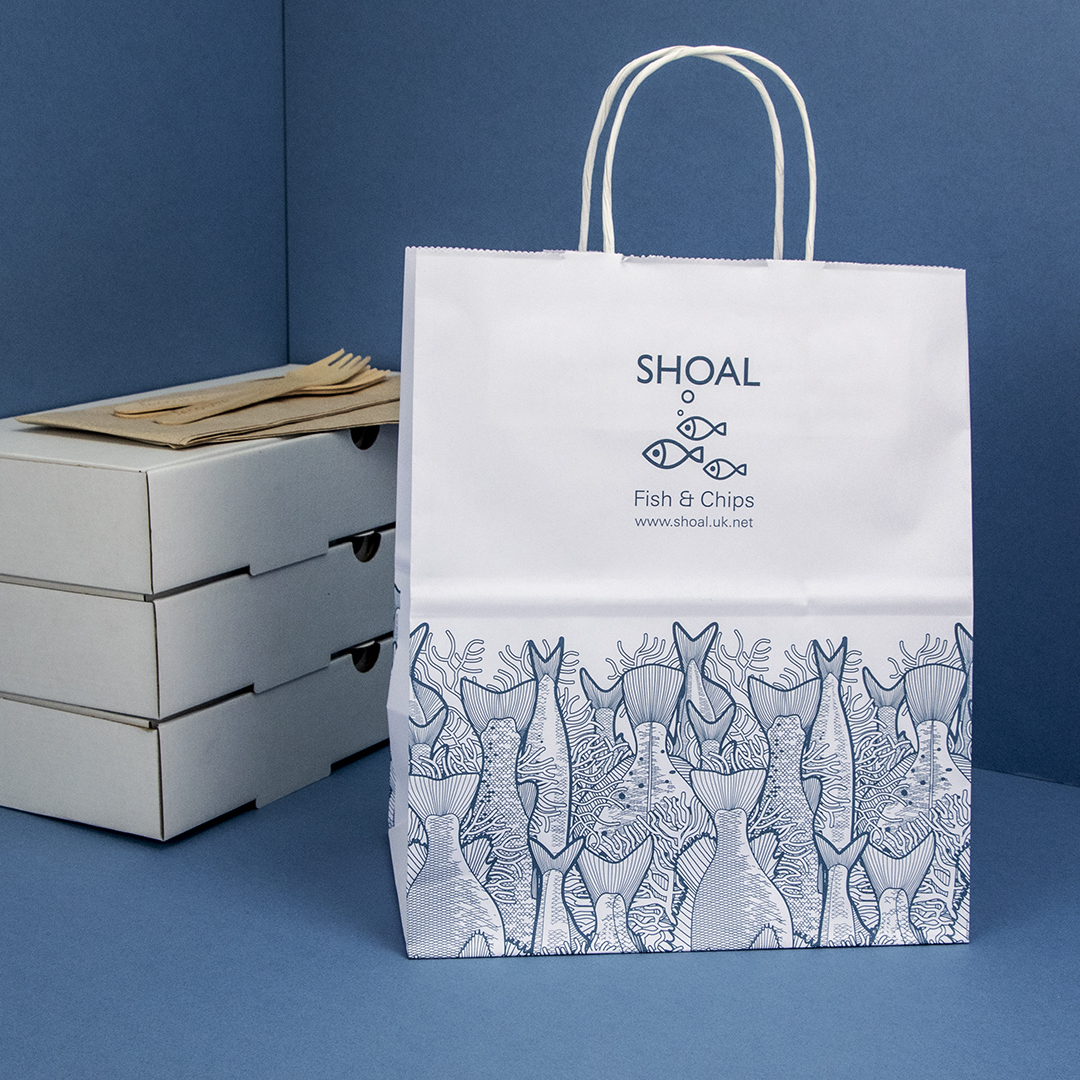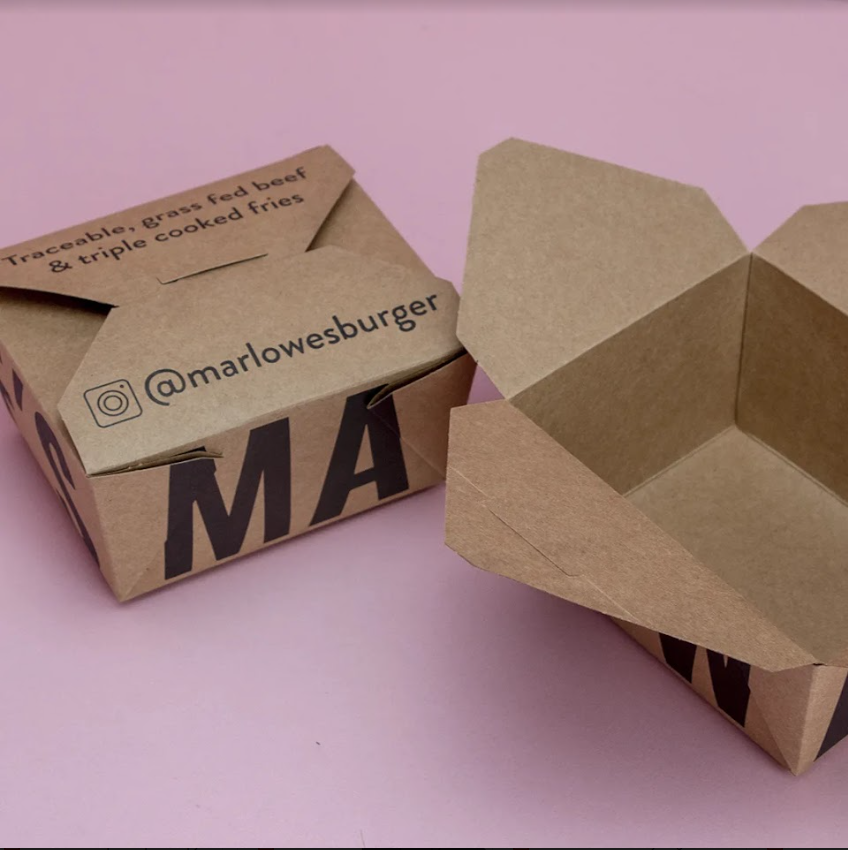From preparing your favourite meal or giving the dog his dinner, there are plenty of times when we’re left with raw meat packaging waste. But what’s the best way to safely and responsibly dispose of these various containers, trays and wraps?
Food packaging can be confusing at the best of times and often a nightmare to deal with if you’re an eco-conscious person, but we’ve got some top tips on how to dispose of raw meat packaging.
Related: Can You Recycle or Reuse Plastic Takeaway Containers?
Why Is Recycling Meat Packaging so Confusing?
Raw meat packaging differs a lot depending on what you buy and where you buy it. A local butcher will probably use different packaging from major supermarket chains due to differences in how the meat is sourced. Raw meat needs to be preserved in a long supply chain, and specialised packaging is used. If meat is sourced locally, less packaging — or a different type of packaging — could be used.
This means that you could buy almost identical cuts of meat from the butcher and from the supermarket that use entirely different packaging. So how do you know which packaging is recyclable?
How Do You Know If Packaging Is Recyclable?
Each type of packaging has different qualities and credentials, making it important to understand the various packaging symbols to know which packaging can be recycled. This can help you make more sustainable choices when doing your food shop.
For example, Tesco’s unsmoked bacon medallions are wrapped in transparent plastics. This isn’t the most eco-friendly way to package raw produce since each component has different waste instructions. The thin, plastic film lid is classed as “Not Yet Recycled”, but the sturdier, plastic base instructs to “Check Locally.” It’s entirely likely that you won’t be able to recycle this kind of packaging in your area.
Conversely, this branded unsmoked bacon from Naked Bacon has a piece of film, an instruction sleeve, and a dark plastic tray. Like Tesco’s bacon, the thin protective film is “Not Yet Recycled.” The card sleeve, however, is “Widely Recycled”, while the plastic tray fits into the “Check Locally” category. Even though there are some differences between the two products and their packaging, neither is all that eco-friendly.
On both products, the thin transparent sleeve is non-recyclable, making the product a bad buy for conscious consumers. These fragile plastics easily fragment and, as they slowly degrade, form microplastics — hazardous, shard-like pieces of plastic that cause no end of harm to the planet and our well-being.
Which Plastics Can Be Recycled?
As a general rule, thin, flimsy plastics cannot be recycled. Thicker, more durable plastics are more likely to be recyclable. Both types of plastics are widely used and are often accompanied by instructions on how to dispose of them correctly. If the packaging says “Check Locally”, you should visit Recycle Now to find out whether or not your local council’s waste facilities can recycle your packaging.
The BBC found that some councils are generous with what plastic packaging they accept, others accept none at all:
Originally posted by The BBC.
Sometimes, it’s not made abundantly clear what to do with the packaging that accompanies your purchase, or you’ve accidentally torn off the bit of packaging that told you what to do with it once it’d been used. In this instance, your best bet is to throw it away in general waste.
Wishful recycling or “wishcycling” is when you put something in the recycling bin, hoping it will be recycled, even though there may be little evidence to support your actions. This can do more harm than good since most recycling facilities in the UK don’t have the specialised machinery to sort through mountains of mixed plastic packaging, meaning it may all end up in landfills.
Why Is So Much Plastic Used in Raw Meat Packaging?
The packaging used for raw meat is similar to that of ready meals, pre-prepared foods like pre-made mashed potatoes or roasties. Usually, these foods feature a plastic film lid and a sturdier plastic tray or bowl. But why don’t we avoid plastic packaging altogether when it comes to raw meat?
Despite its detrimental effects on the environment, transparent plastic plays an important role in raw meat packaging since customers need to see the meat product itself, whether it’s sirloin steak or smoked salmon. What’s more, it’s vital that meat packaging is sealed — sometimes vacuum-sealed in the case of red meat portions or fish — to avoid oxygen and water vapour entering the product and discolouring the meat.
Other kinds of packaging aren’t as effective in this area, so plastic raw meat packaging is here to stay until compostable or biodegradable alternatives become more widely available.
How to Recycle Raw Meat Packaging
If you strike gold and find recyclable raw meat packaging, disposing of the materials safely and hygienically is crucial. How you treat the packaging matters as recycling centres won’t accept contaminated products or products that have meat residue on them.
You should rinse raw meat packaging carefully before you put it in the recycling bin so that the material won’t attract vermin or contaminate other recyclable products in the same disposal bin.
Unfortunately, meat is one of the messiest products to deal with. Residue can spoil quickly and can quickly become hazardous to health. That’s why supermarkets continue to provide separate bags for raw meat purchases — such as whole chickens and turkeys — even though plastic bags are usually taxed.
There are even some official carrier bag guidelines, and UK supermarkets are not required to charge for plastic bags to carry:
– Uncooked fish and fish products
– Uncooked meat, poultry, and their products
– Unwrapped food for animal or human consumption
– Unwrapped loose seeds
– Flowers.
If the supermarkets take extra precautions to separate raw meat packaging products at purchase, you should too. Take care when disposing of raw meat packaging, whether recycled or not, and make sure materials are rinsed thoroughly with washing-up liquid and warm water. You should also separate and remove non-recyclable films, lids and sleeves to ensure your packaging gets recycled.
What Kind of Raw Meat Packaging Can You Recycle?
As mentioned, there are plenty of different types of raw meat packaging used by butchers, supermarkets, and shops. Here are some of the most common and what you can do with them.
Butchers’ Paper — While it’s popular in packaging fresh meat, it isn’t good for the environment. While you might be helping the local economy by buying produce from the high street, butchers’ paper can’t be recycled. This form of wax paper isn’t strong enough to withstand recycling procedures and is difficult to clean after use. For an eco-friendly alternative, consider using compostable greaseproof paper. It should still be thrown away in general waste, but it’ll fully decompose in as little as three to six months, which is still hundreds of years faster than any kind of plastic packaging.
Compostable Meat Trays — As you may have guessed, this kind of raw meat packaging is recyclable, compostable and fully biodegradable. It’s a relatively new packaging approach, and most major supermarkets are yet to make the switch, but for commercial suppliers, our bagasse trays are ideal for packaging meat. Made from sugarcane pulp, this material is ethically sourced and easy to dispose of. It’s also suitable for both hot and cold foods.
Soft Plastics — Thin, fragile plastics aren’t good news for the planet. Plenty of raw meat products use thin packaging as a hygienic cover while using another form of packaging for the base. Don’t let this plastic-type put you off recycling altogether. Instead, separate them at the source — dispose of soft plastics in general waste and place recyclable components in your recycling bin after rinsing.
Hard Plastics — It’s no secret that plastic isn’t the most environmentally-friendly material on the market. But it’s cheap and easy to mass-produce, so it’s popular in the UK’s raw meat industry. Most hard plastics have a better chance of being recyclable than soft plastics do, but keep your eye out for instructions and check recycling options with your local council before “wishcycling”.
Polystyrene Trays — Along with soft plastics, polystyrene trays cannot be recycled. Polystyrene is notoriously a non-recyclable, non-reusable material that’s often produced using harmful chemicals, making it unsuitable for use with food. The porous nature of the material means it absorbs moisture from foods and becomes a breeding ground for bacteria. Where possible, steer clear of packaging housed in polystyrene trays with thin, plastic lids.
Card Sleeves — Branded products often have additional card sleeves, inserts, and pockets where branding, information, and pricing are presented. These add-ons are typically made from cards, so there’s every chance they’re widely recyclable. However, raw meat packaging is never solely made with cards, so from this perspective, it doesn’t make branded products necessarily better for the environment than own-brand alternatives.
The Dos and Don’ts of Recycling Raw Meat Packaging
Raw meat packaging comes in various forms, so be vigilant next time you’re shopping or visiting the butchers. Don’t be tempted to throw away non-recyclable packaging in the hope it’ll be processed at your local recycling facility. Instead, go with the safe bet and dispose of it in general waste — or even better, find somewhere that uses eco-friendly packaging.
Check out our online shop and discover recyclable, compostable and biodegradable packaging for food and drinks products. Need a branded packaging solution? Get in touch for a free design quote.

